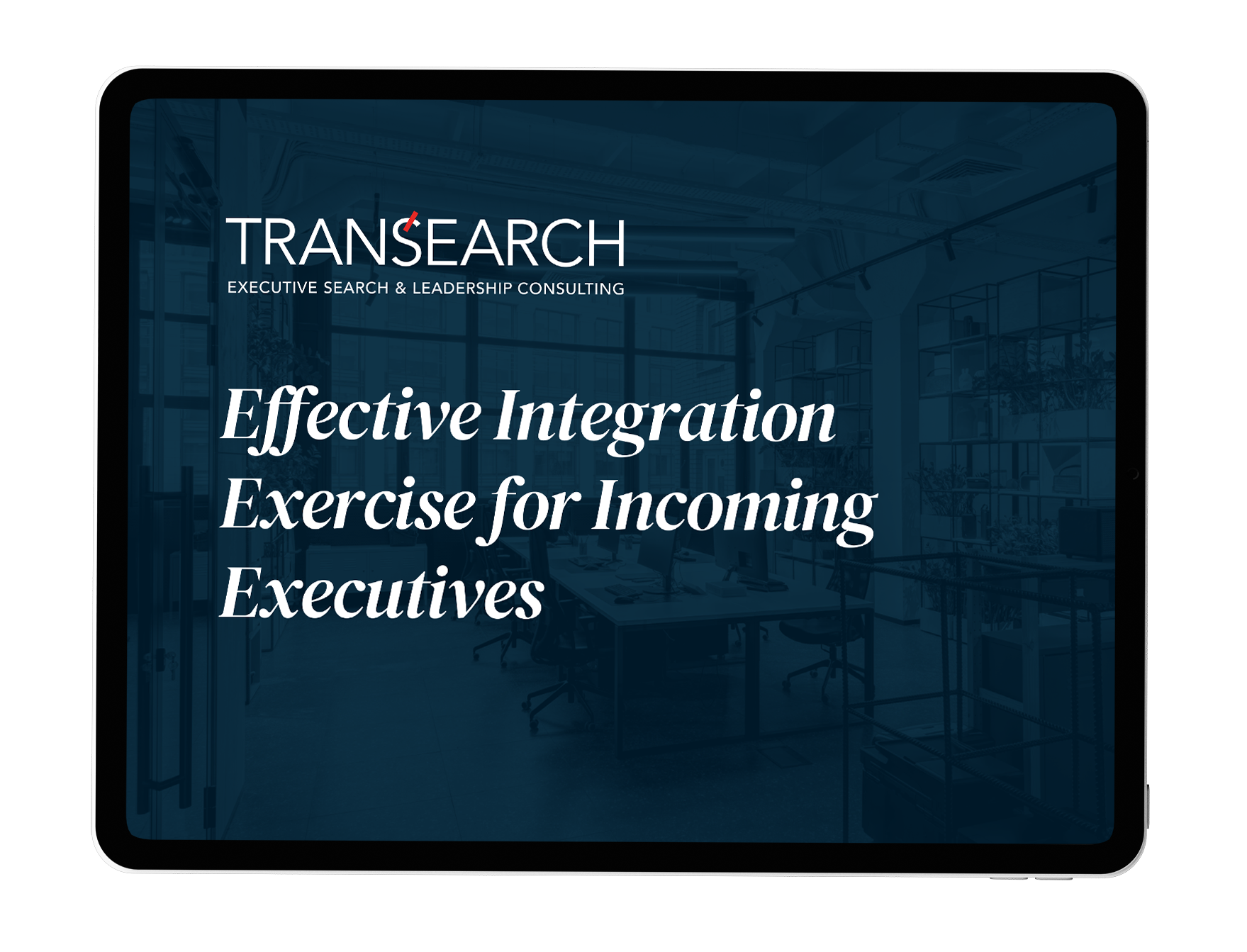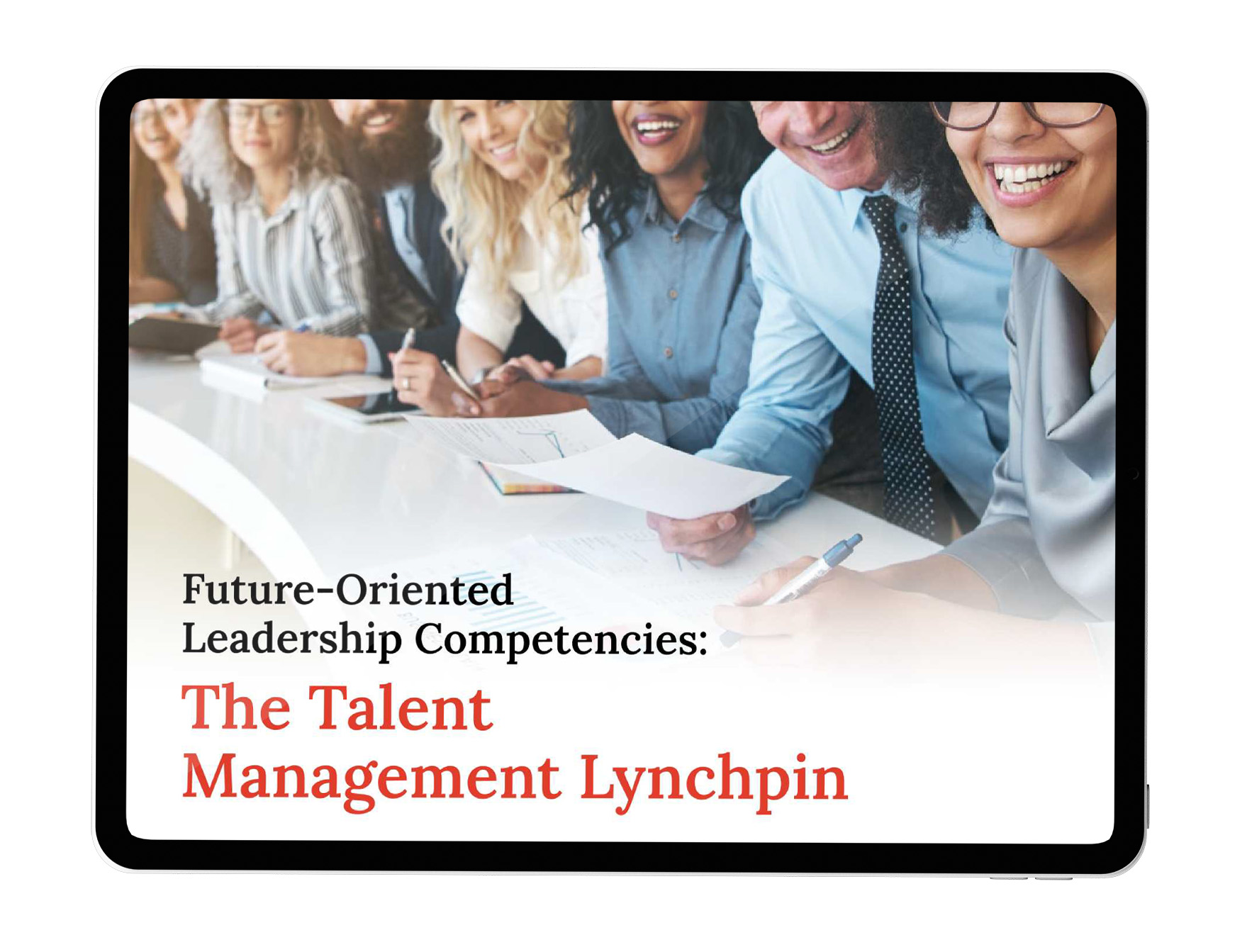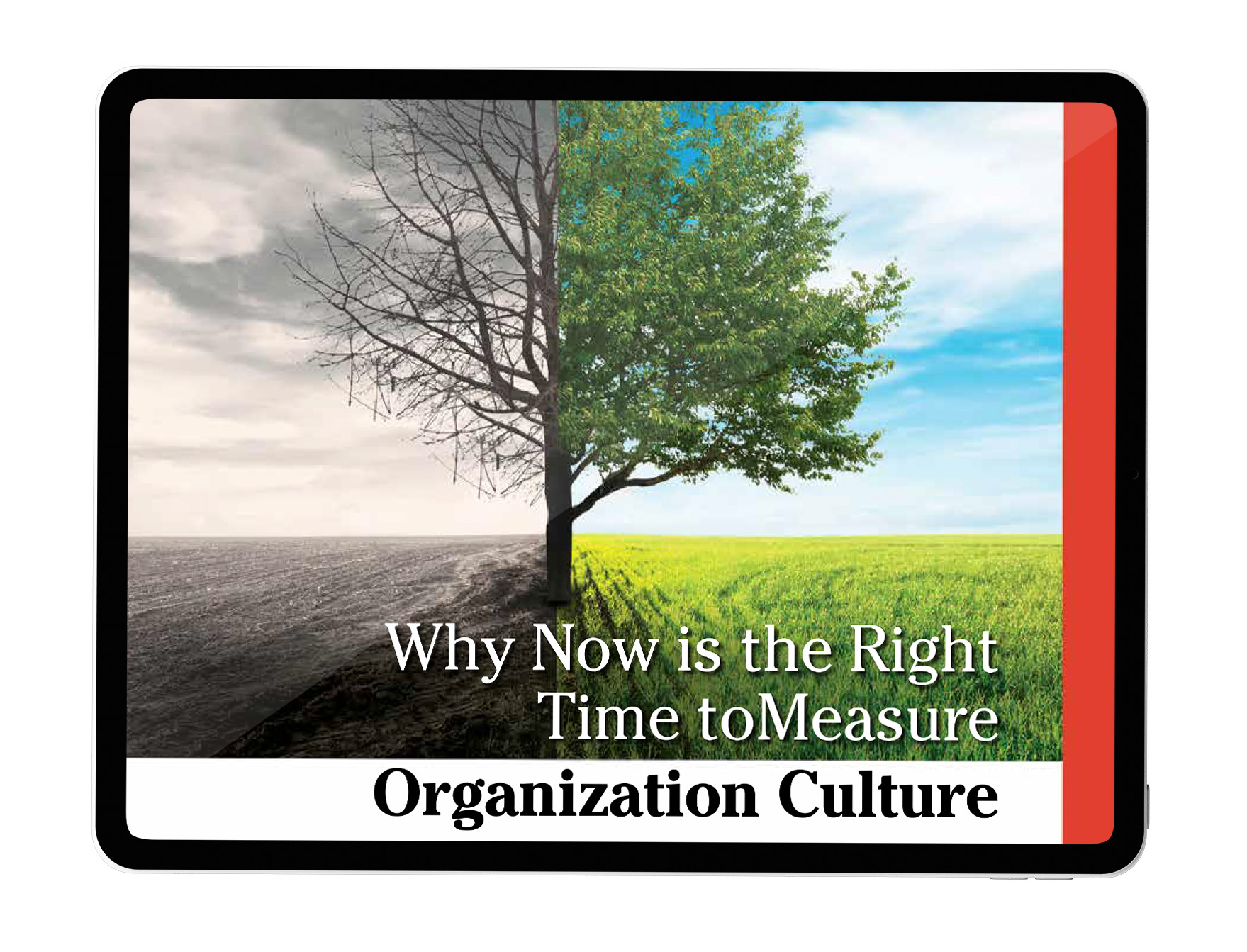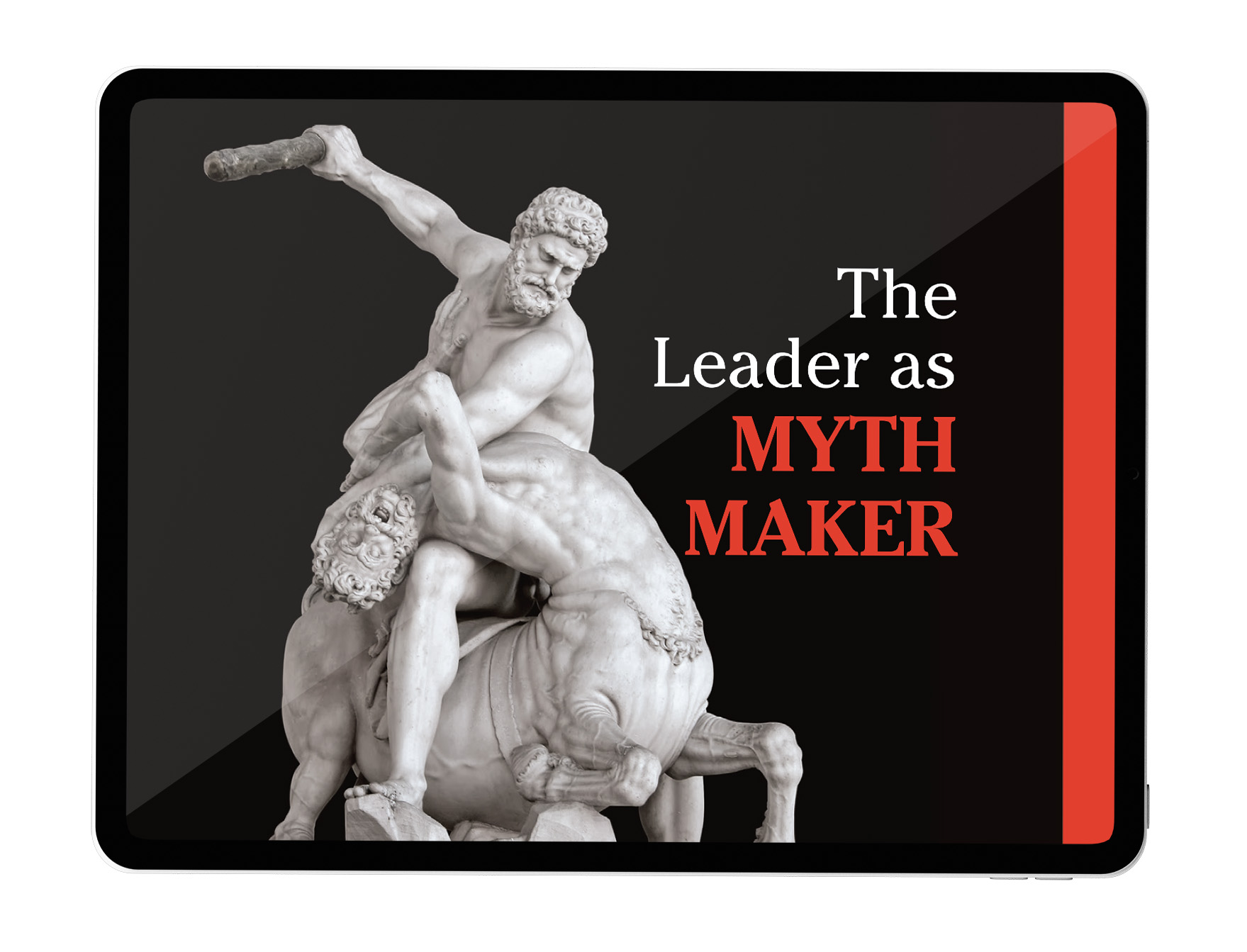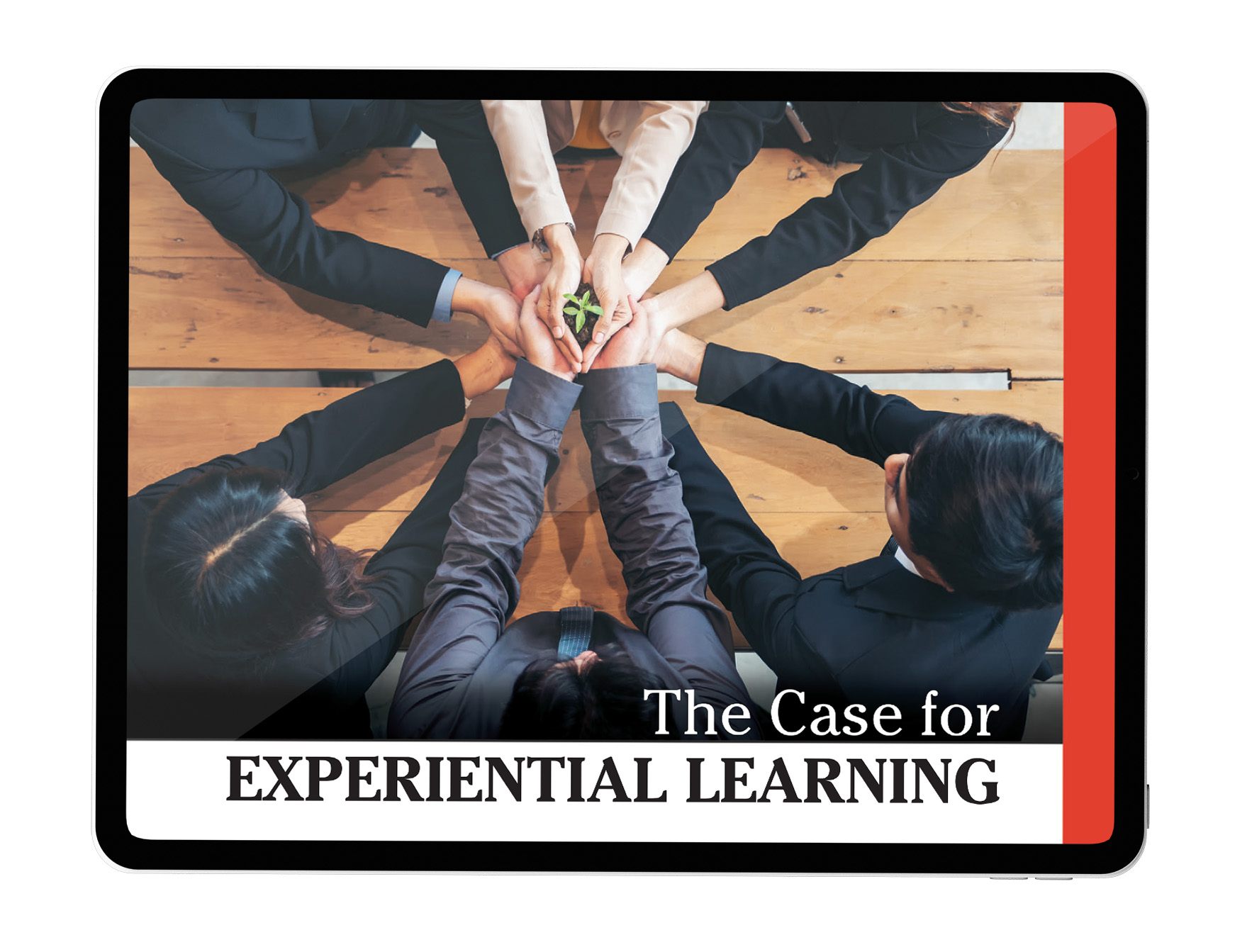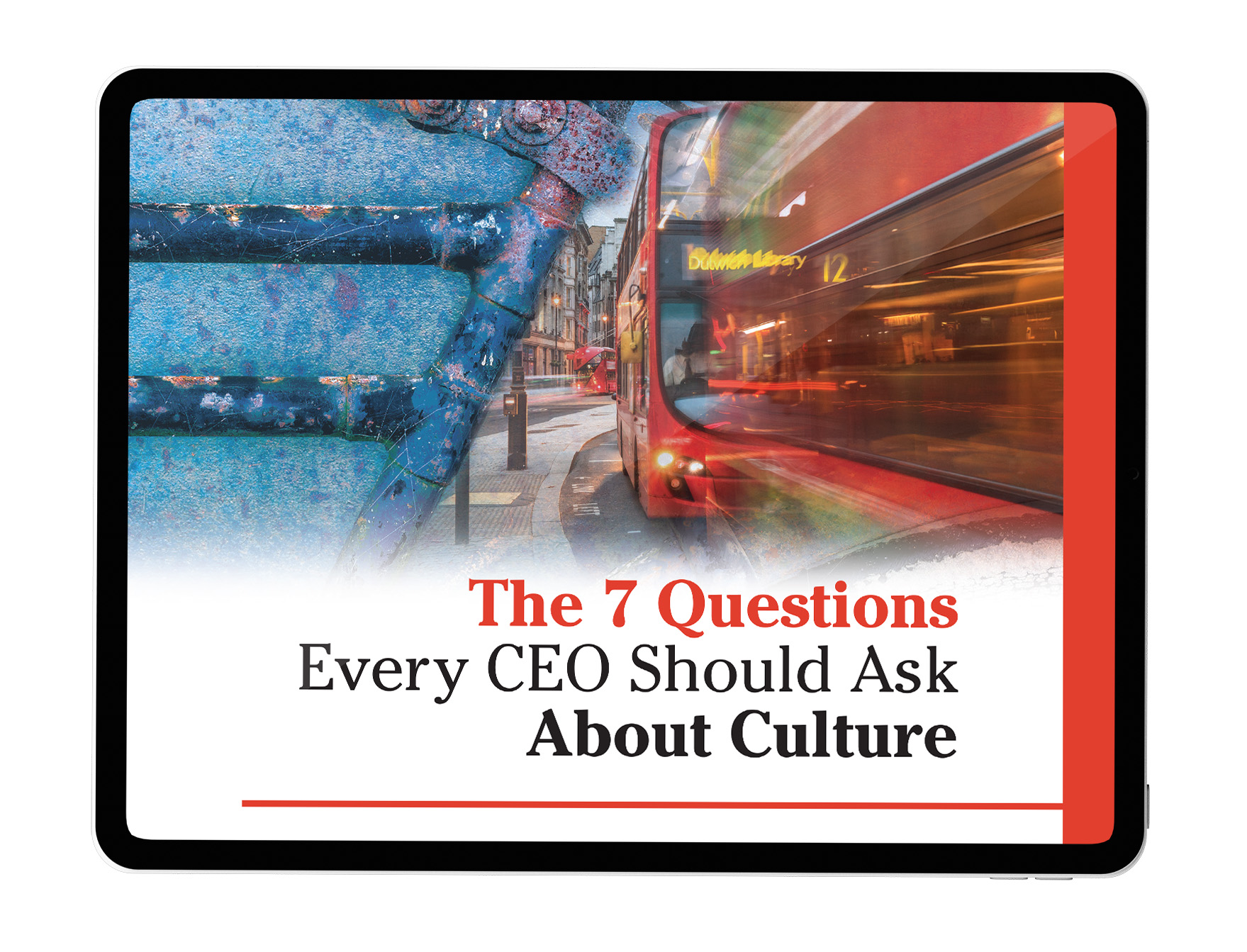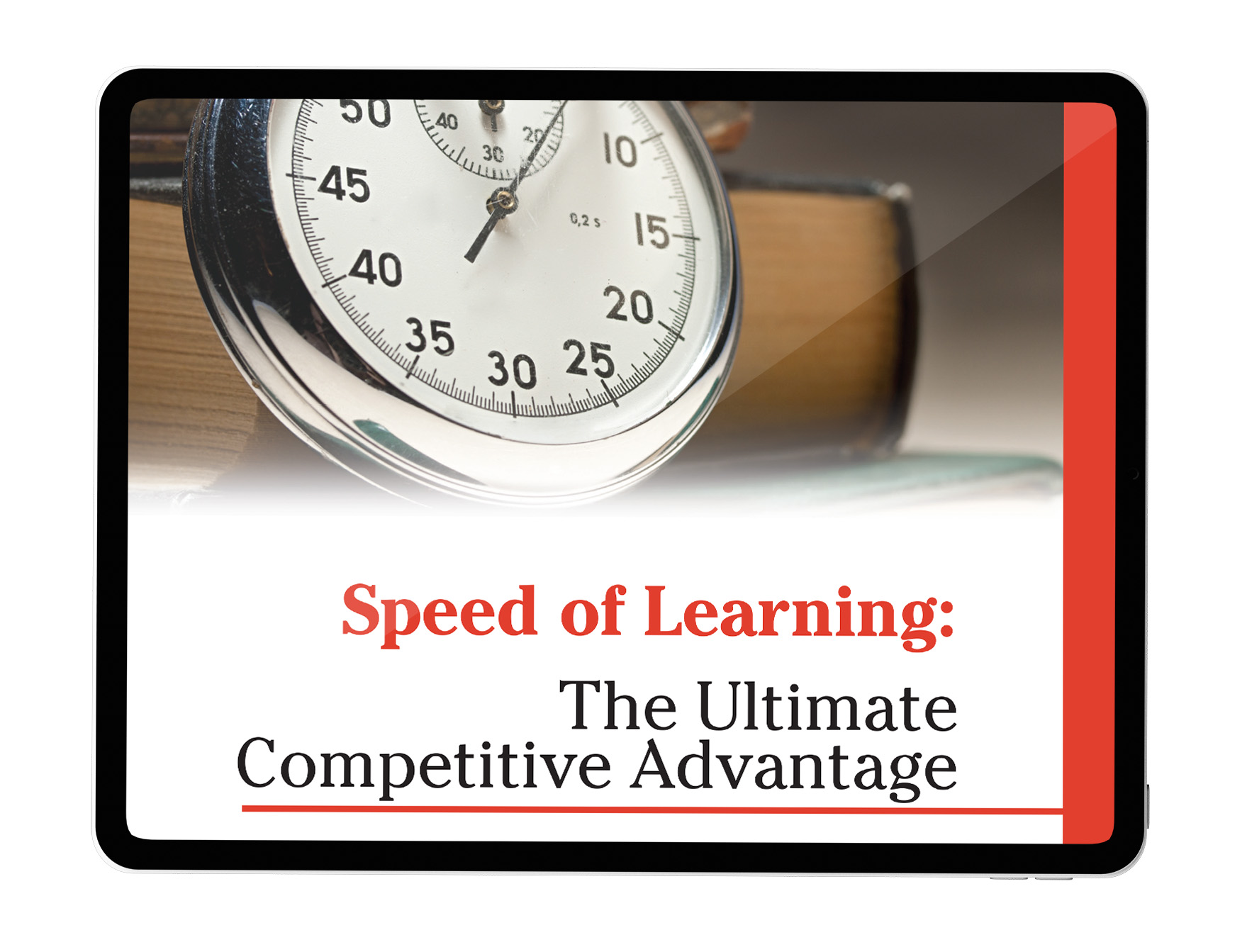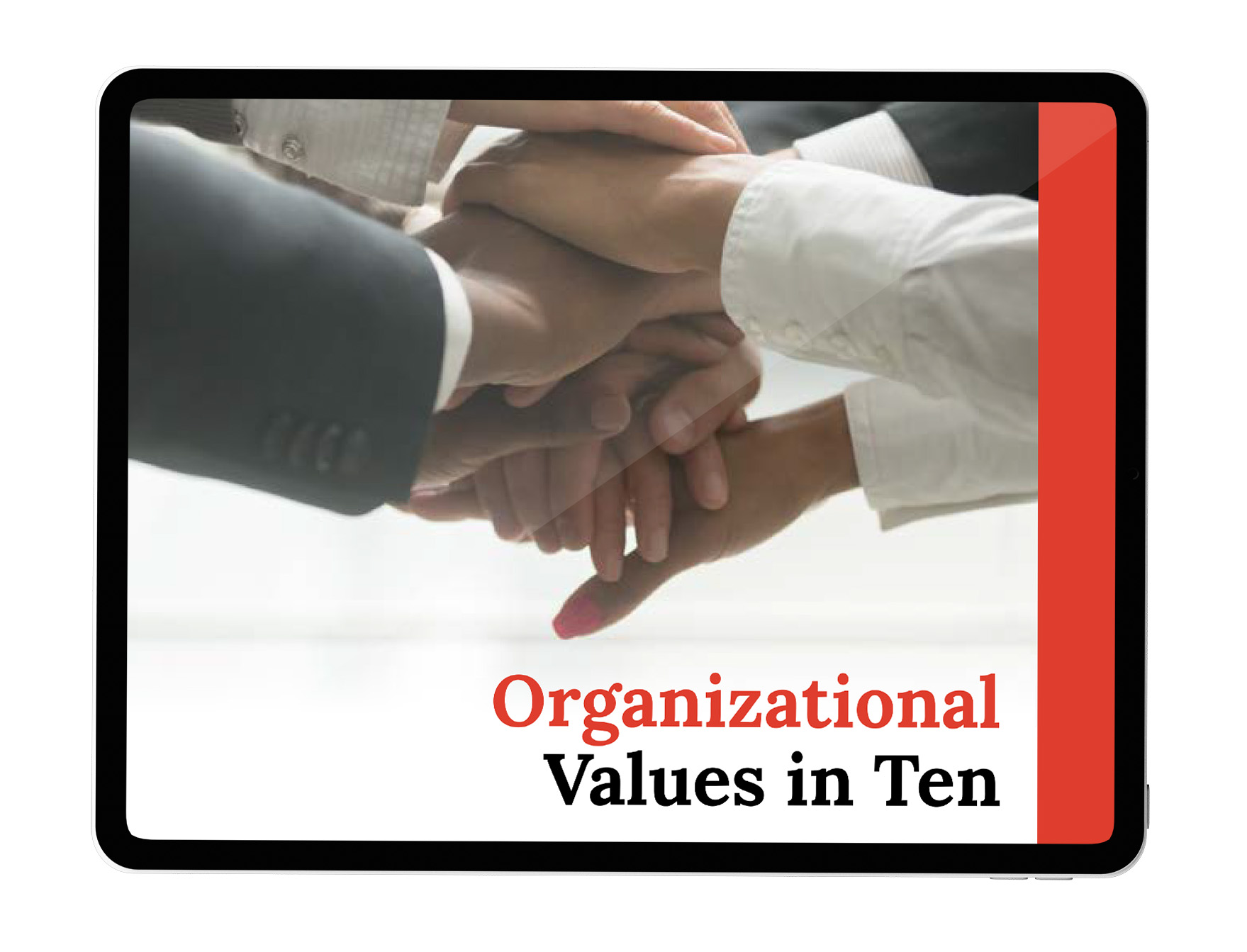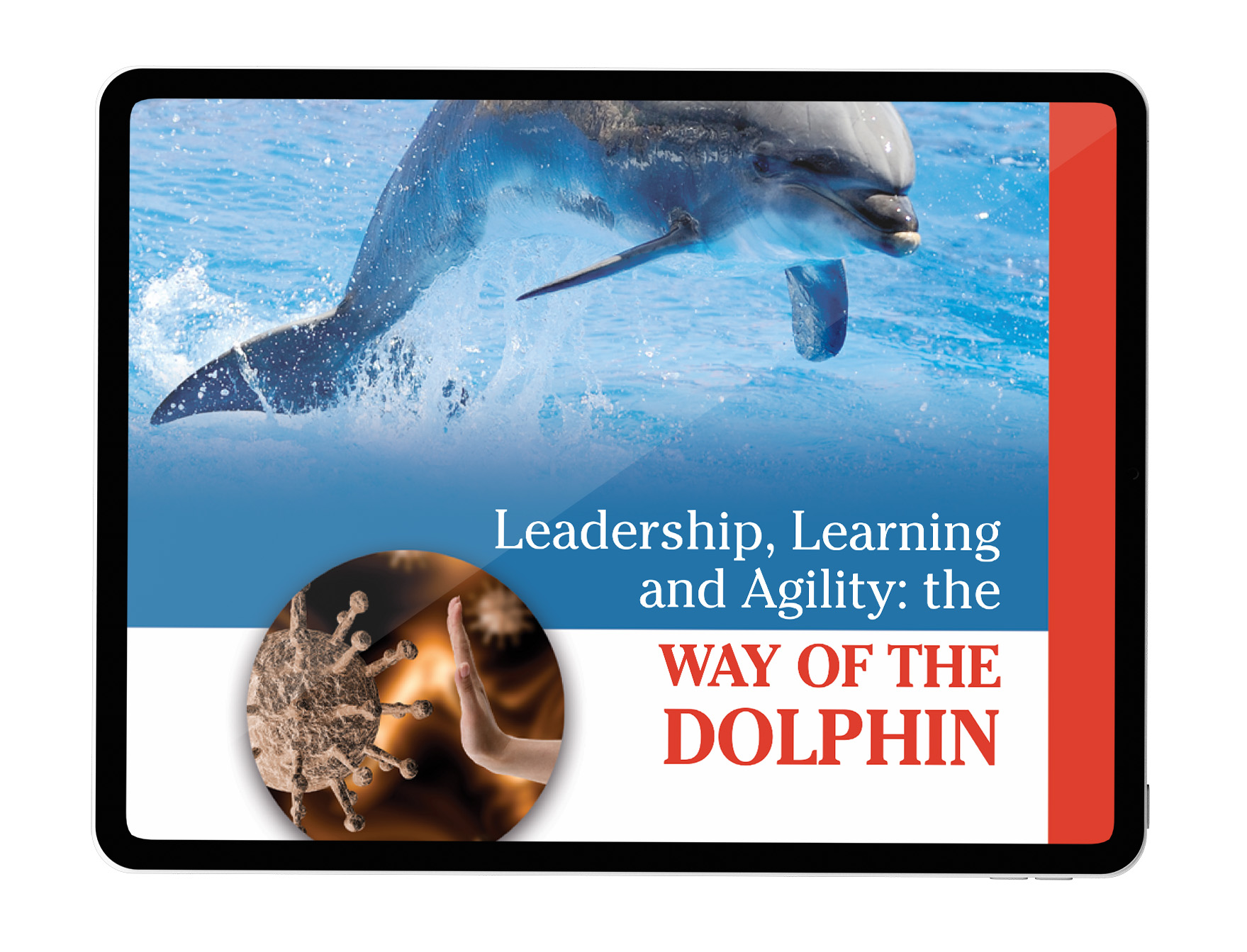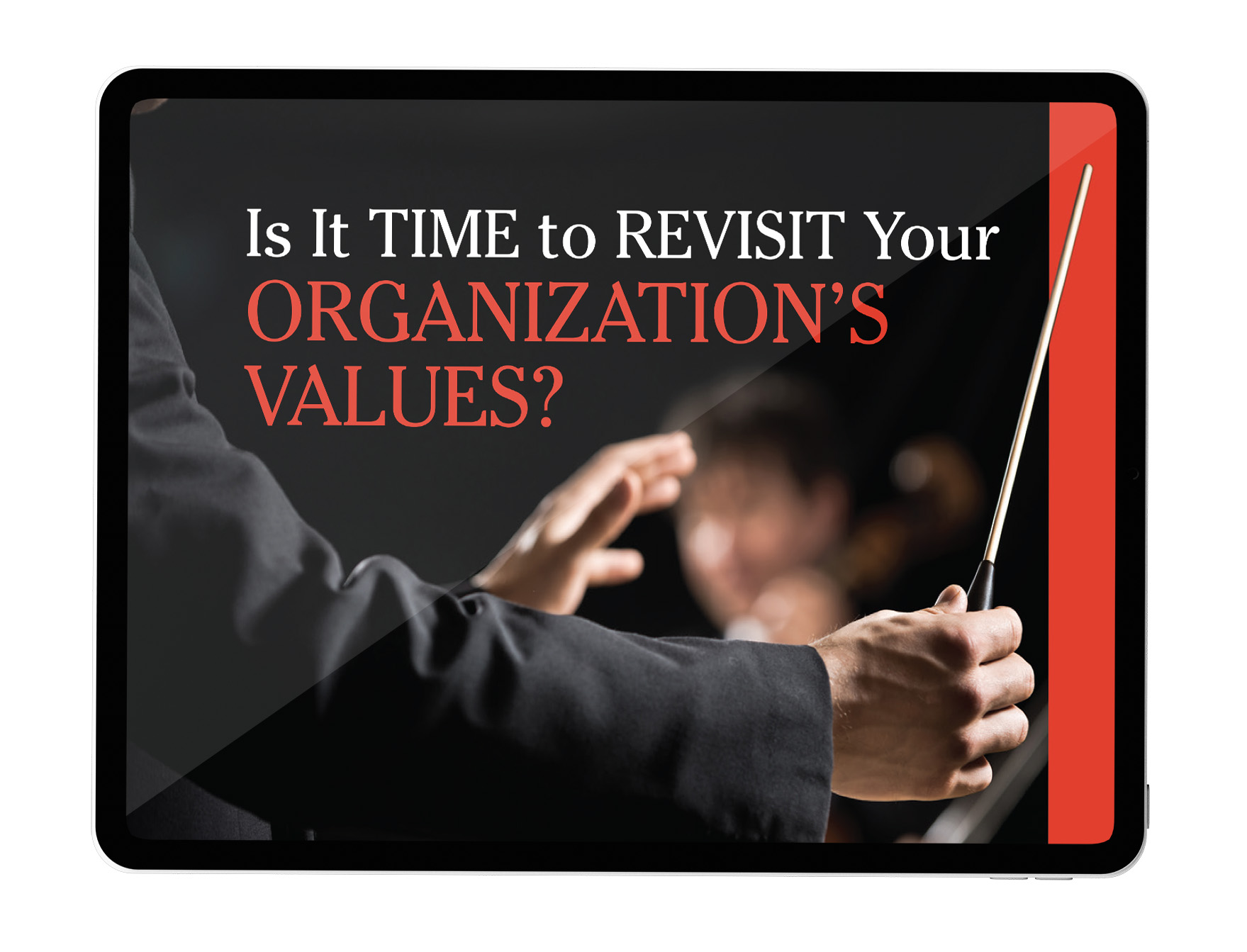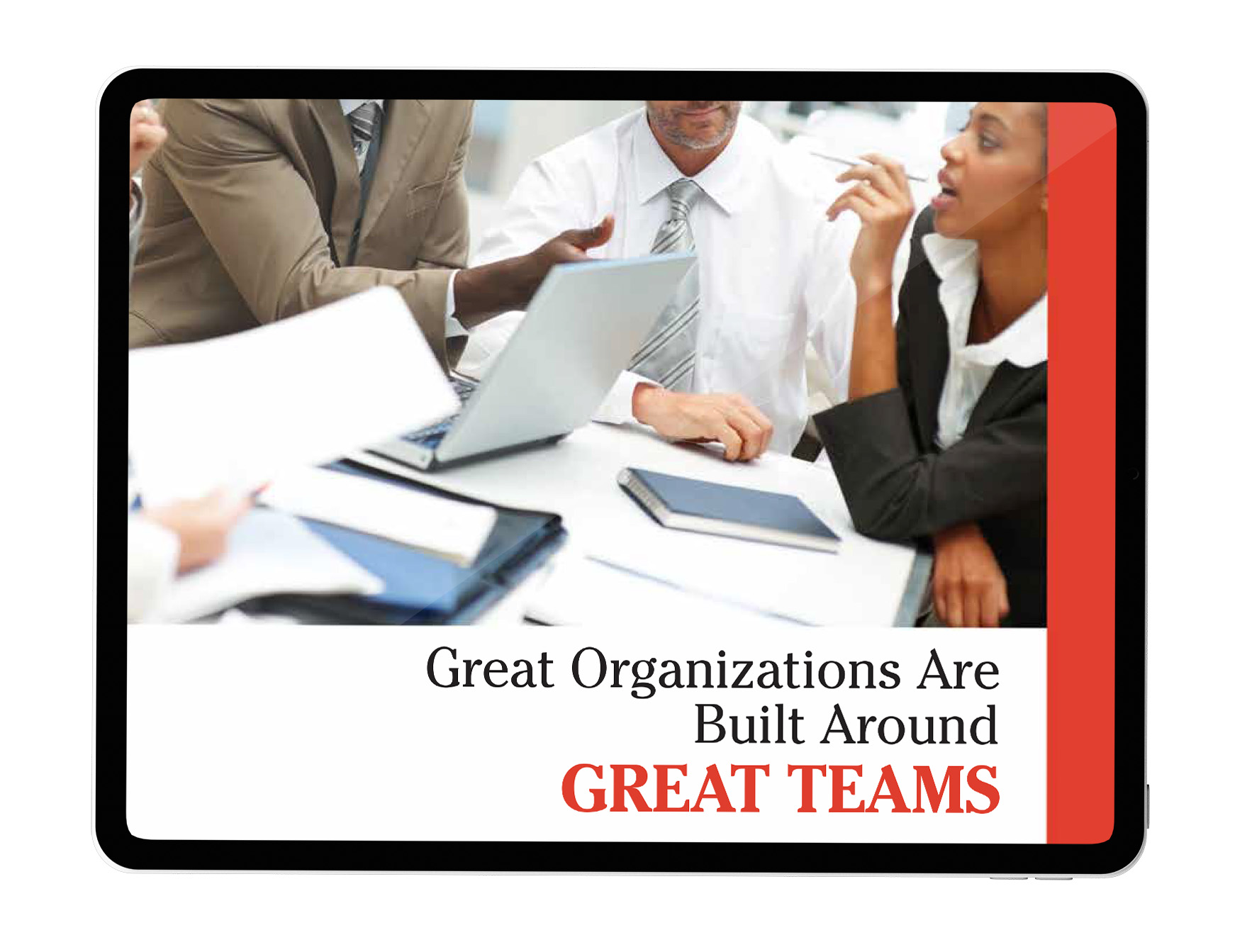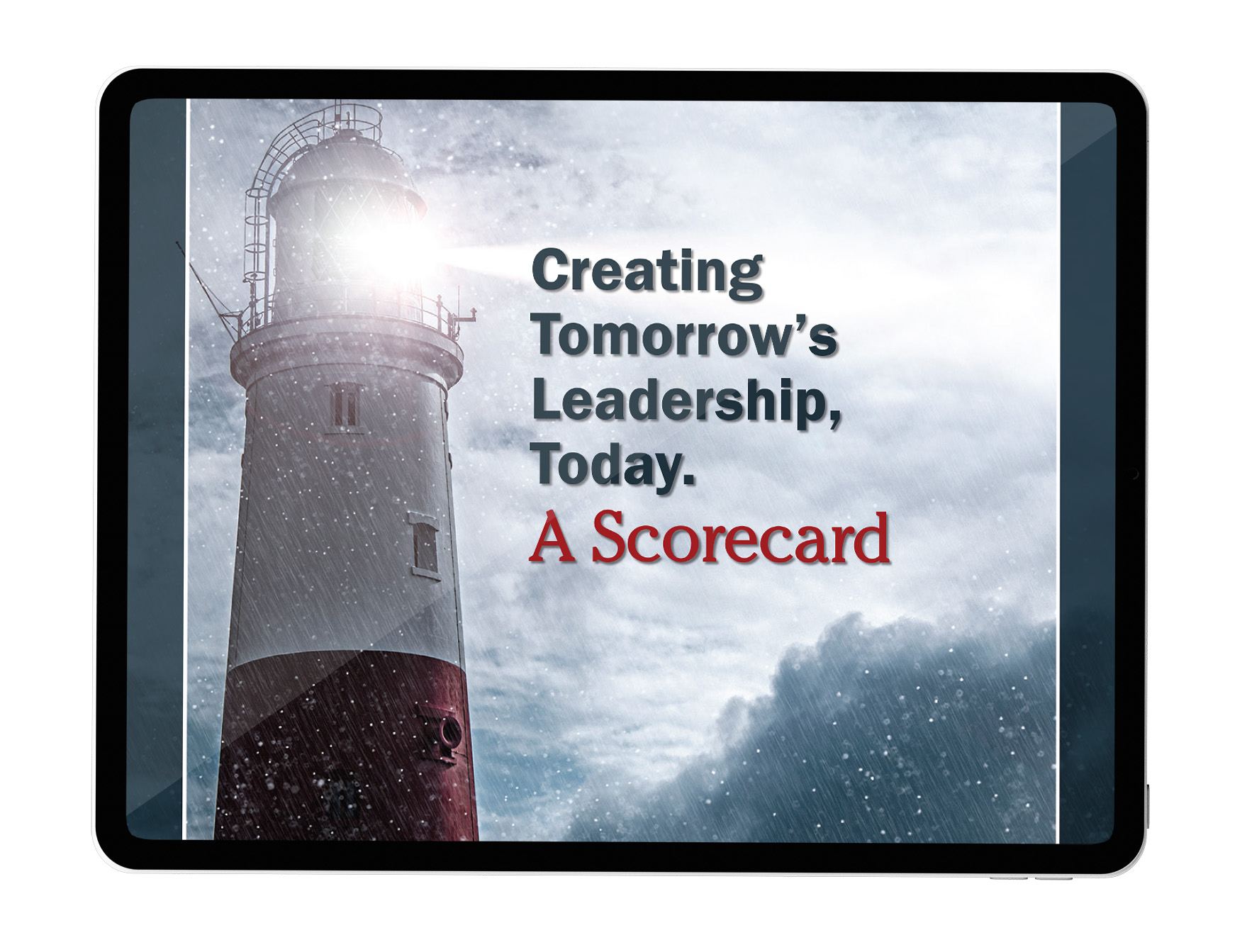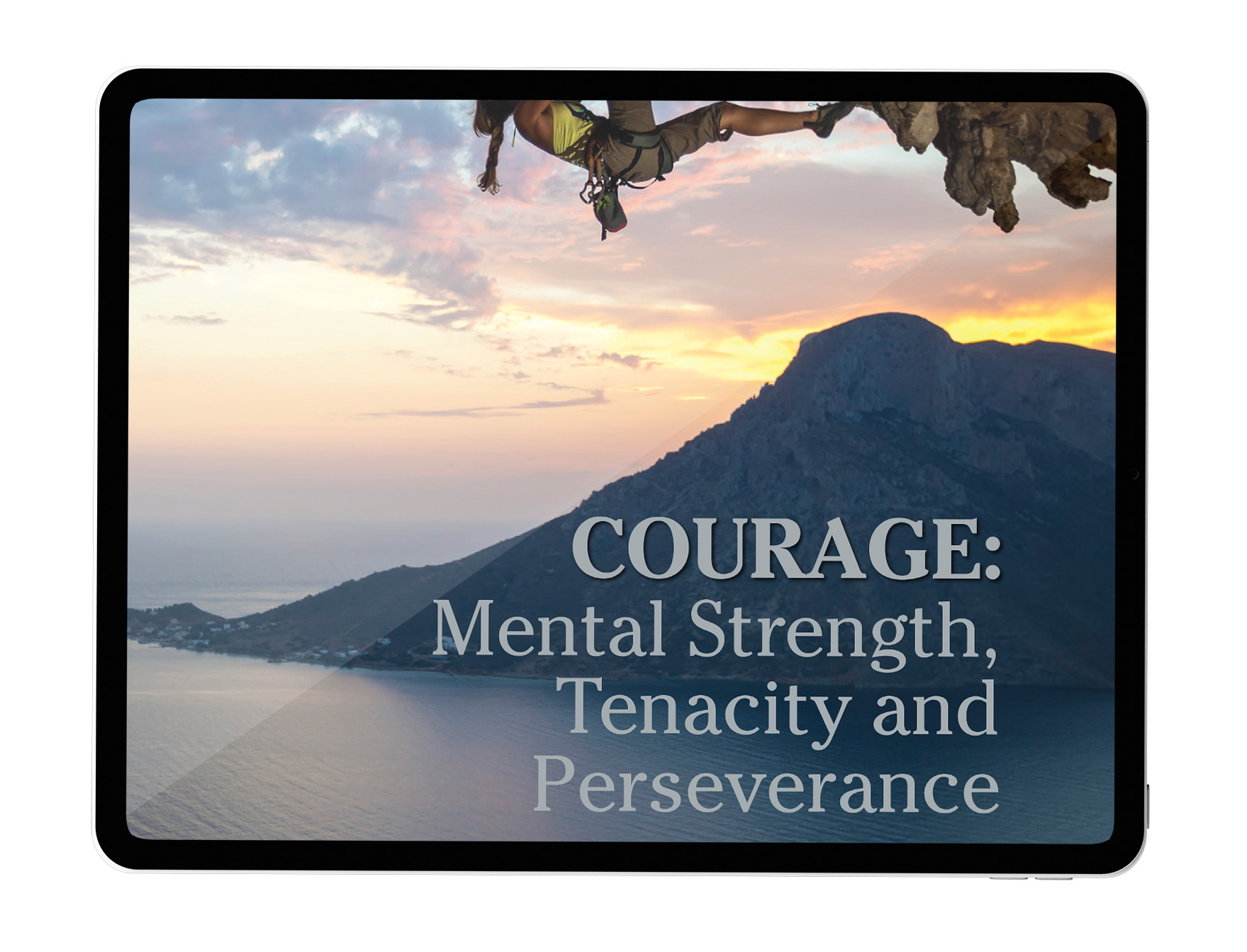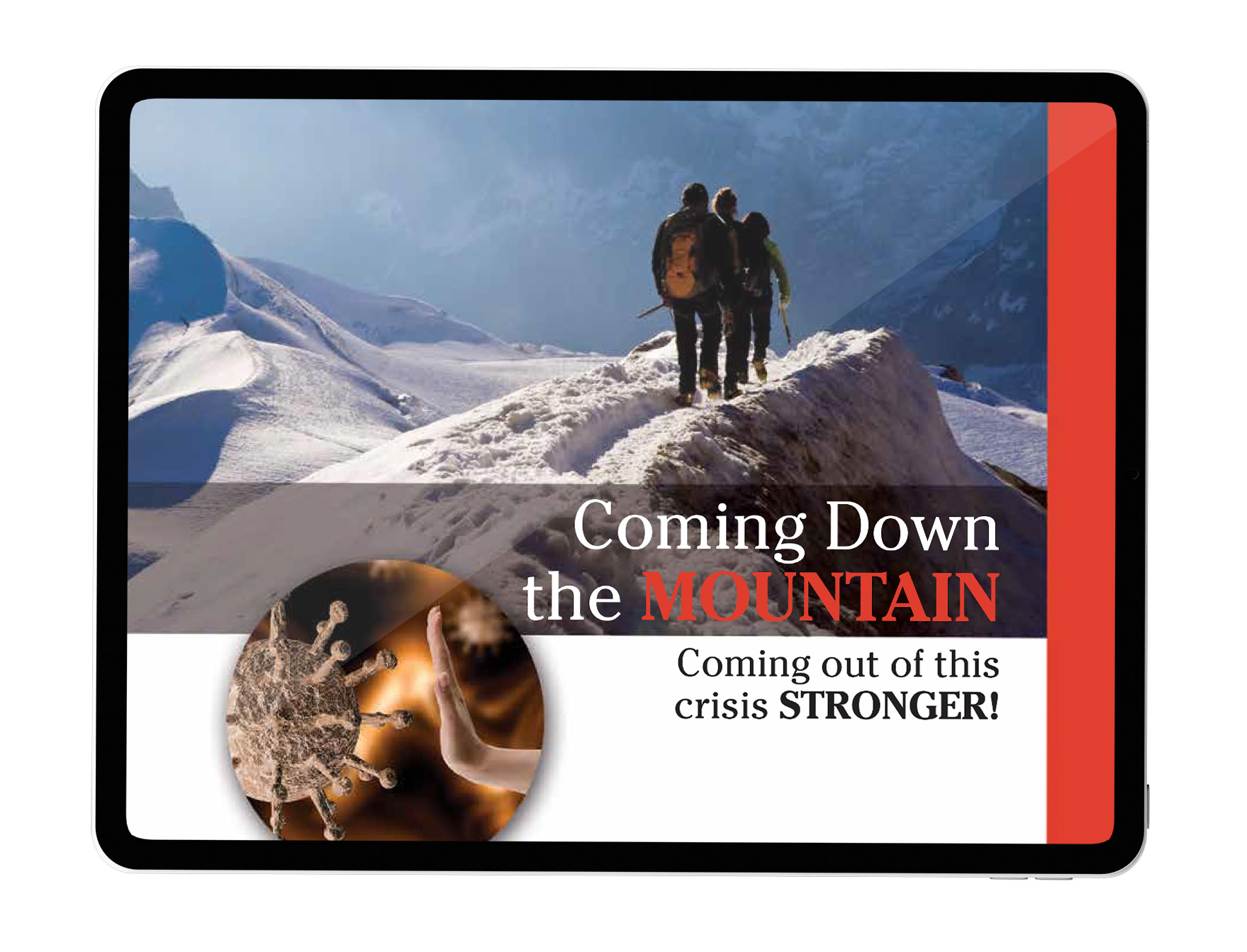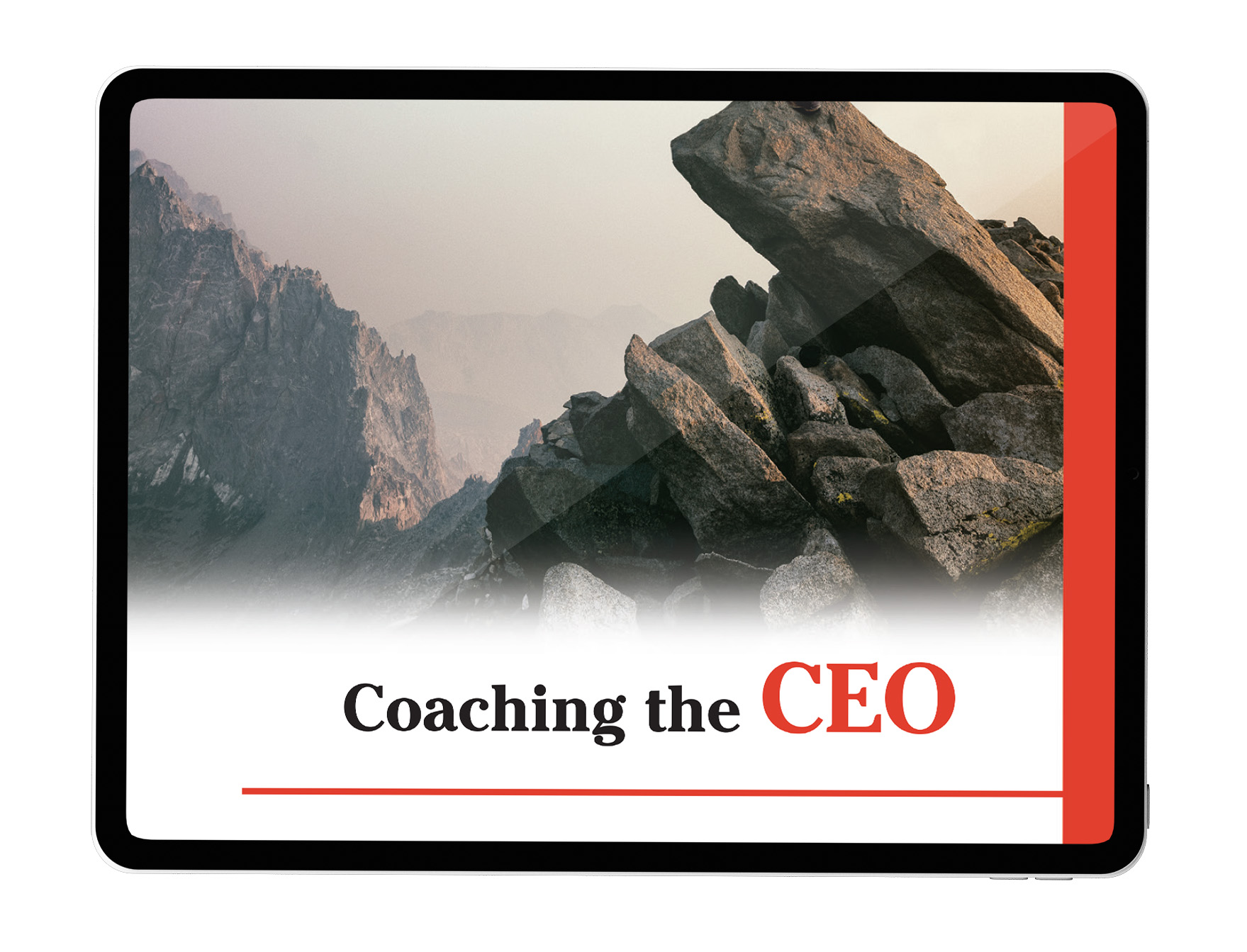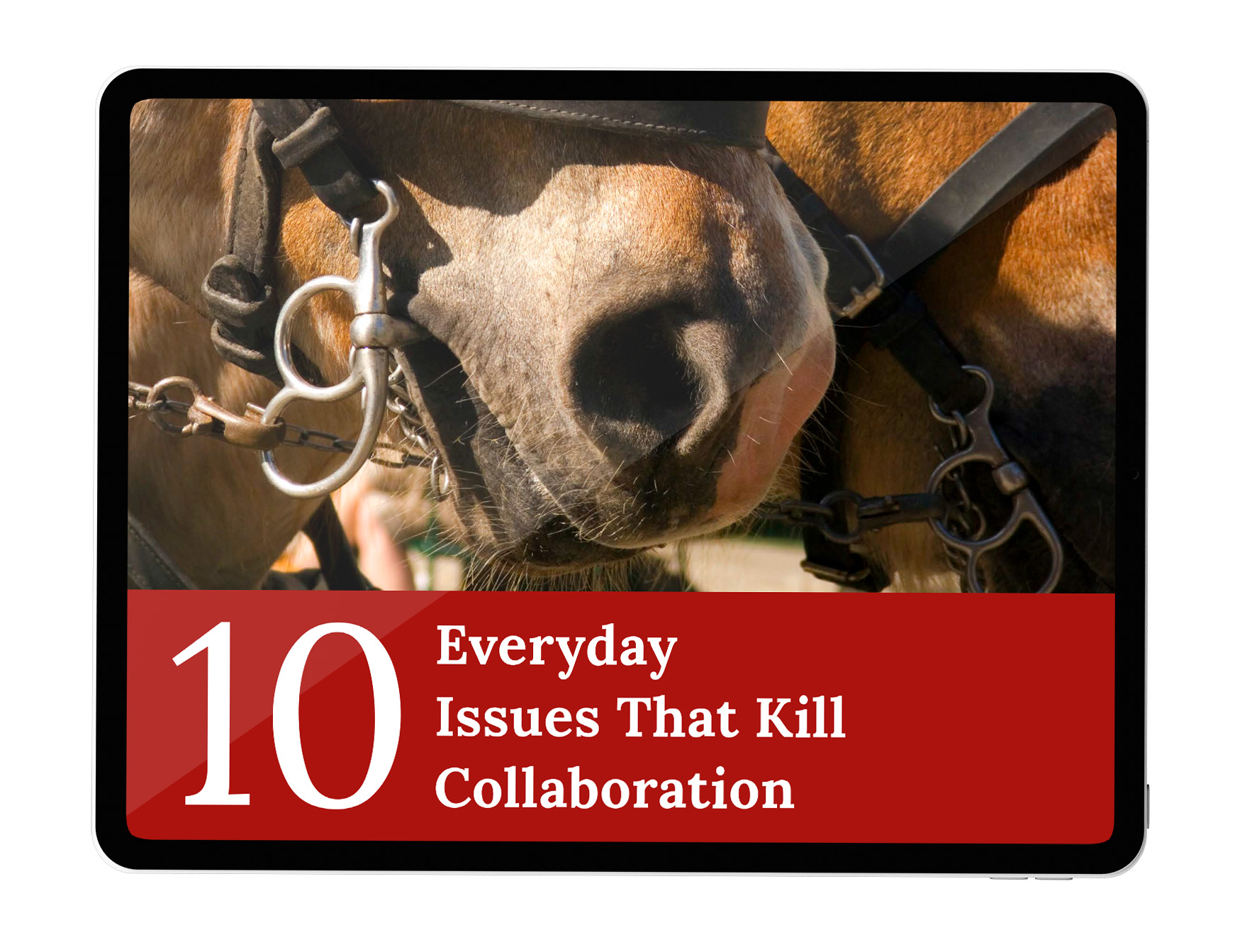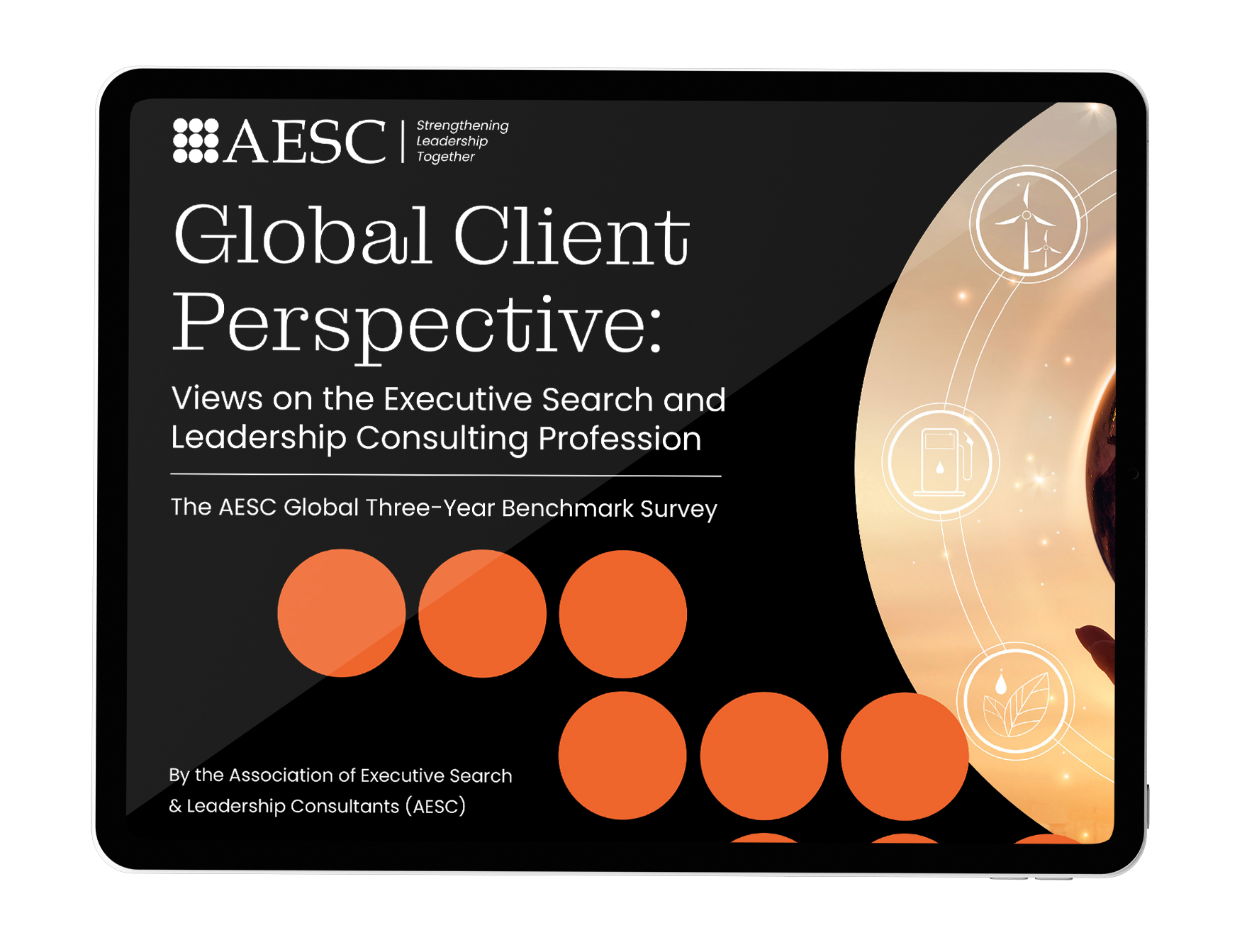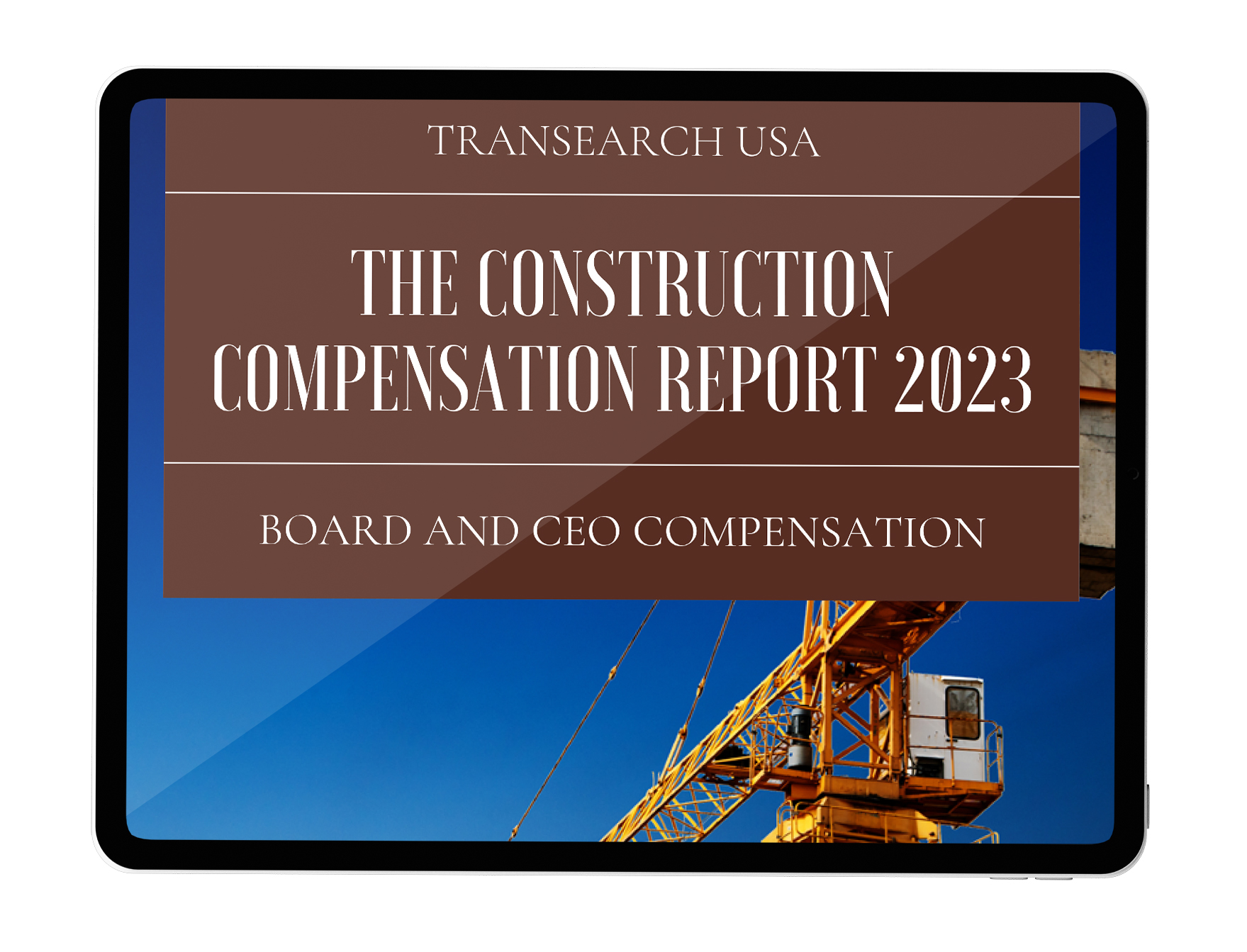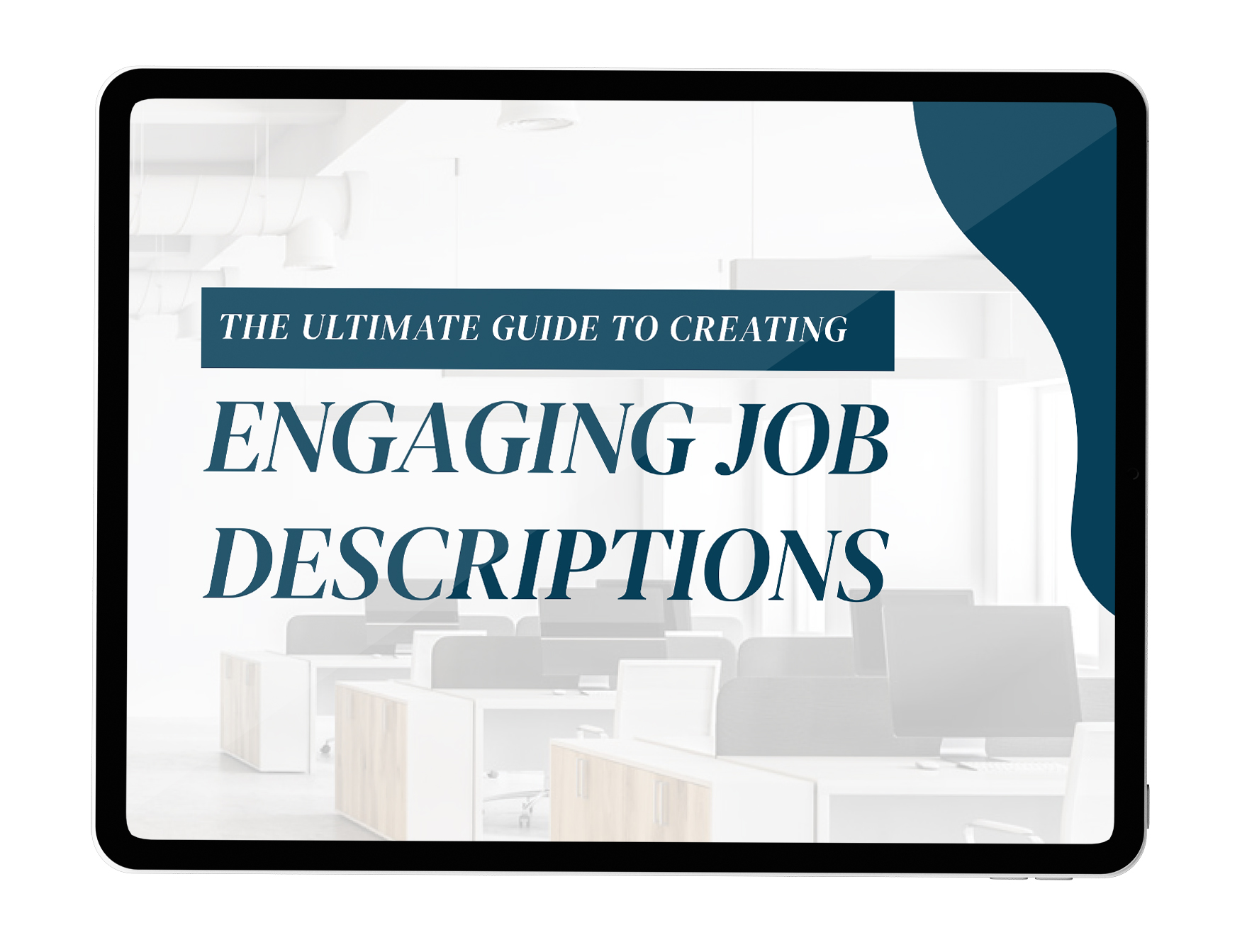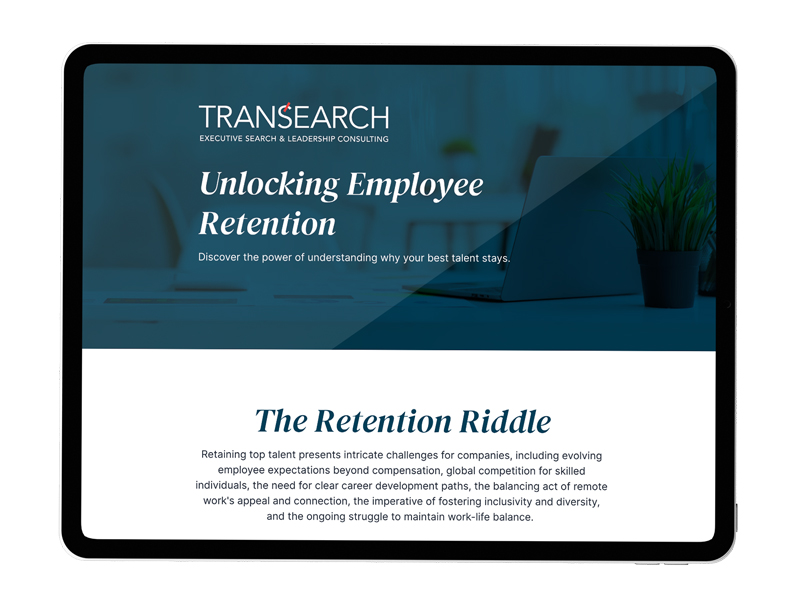In this digital age of constant change and disruption, executive leadership style is dramatically transforming. As remote and hybrid work models expand their reach, traditional hierarchical structures are evolving to leverage the unprecedented connectivity of today’s workforce.
But how exactly are leadership priorities and skills adapting to these shifts? And what do business owners and HR leaders need to focus on to guide their organizations most effectively in uncertain times? Through ongoing polls on LinkedIn over the past year, our leaders, John Ryan and Chris Swan, have gathered unique insights directly from thousands of professionals worldwide on these pressing questions.
Let’s explore some of their most notable findings on the attributes that define the future of executive leadership and how you can start implementing them today within your organization.
1. Which executive position will be most in demand in five years?
According to the poll results, most respondents (44%) believe that the Chief Innovation Officer will be most in demand five years from now. While the focus on innovation isn’t surprising, what’s interesting is that the Chief Technology Officer only received 29% of the vote. In comparison, the Chief Financial Officer and Chief People Officer came in at 10% and 17%, respectively. This highlights the growing importance of innovation in business and the need for leaders who can help organizations stay ahead of the curve.
2. What kind of executive do you think your company needs most?
The poll results suggest that there are three types of executives that businesses are looking for: visionary leaders (37%), team-builders (39%), and change agents (24%). A visionary leader can help ensure that an organization is on the right track and has a clear vision for the future. A team-builder can bring together diverse groups of people and help them work towards a common goal. A change agent can help an organization adapt to new challenges and opportunities. Depending on your organization’s specific needs, one of these types of executives may be more important than the others.
3. What are the most important qualities when looking for a leader?
When it comes to leadership qualities, the poll results suggest that communication skills (42%) are the most important, followed by strategic thinking (28%) and leadership presence (23%). Business savvy came in at 8%. This emphasizes the critical importance of effective communication in leadership roles and the need for strategic thinking and strong executive presence to build a cohesive team and drive organizational success.
4. What technical skills do you deem necessary for specialized roles?
Regarding specialized roles, the poll results suggest that proficiency in data analysis (75%) is the most essential skill, followed by knowledge of cloud computing (25%). Expertise in AI and familiarity with cybersecurity were deemed less necessary. This underscores the growing importance of data in business decision-making and the need for leaders who can effectively analyze and interpret data to inform strategic decisions.
Tackle Upcoming Leadership Challenges
As we come to the end of our exploration into the future of executive leadership, it is clear that the landscape is constantly evolving, and organizations must be prepared for the challenges ahead. Our polls on LinkedIn have provided valuable insights into which executive positions will be in high demand, the qualities that are most important when looking for a leader, and the technical skills necessary for specialized roles. Whether it’s ensuring diversity in leadership or adapting to new technological advances, companies must stay agile and proactive in their approach to executive leadership.
The results of Chris Swan and John Ryan’s polls on LinkedIn provide valuable insights into the qualities and skills that HR managers, founders, and leaders prioritize when hiring executives. The emphasis on innovation, effective communication, strategic thinking, and data analysis all point to a future where solid executive leadership is essential for success. By understanding the importance of these qualities and skills, businesses can better identify and hire executives to help them thrive in a rapidly changing world.





















